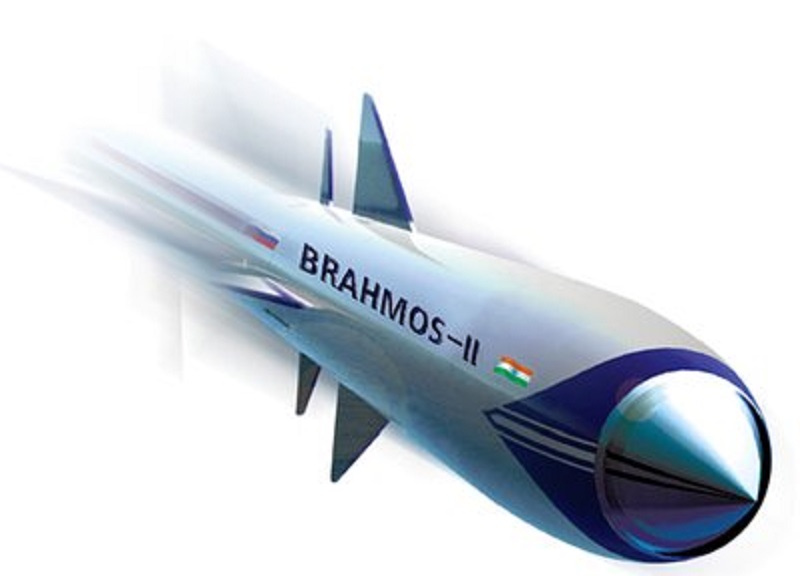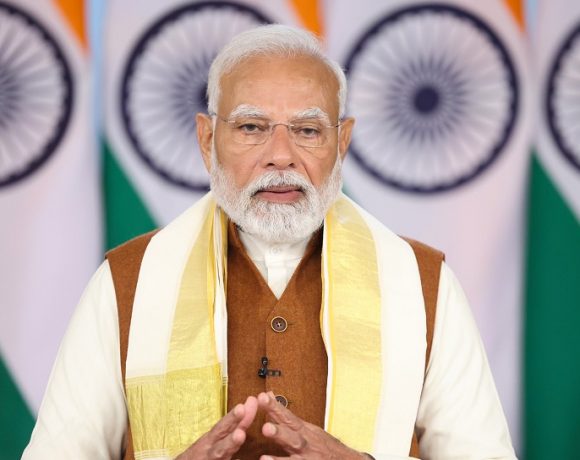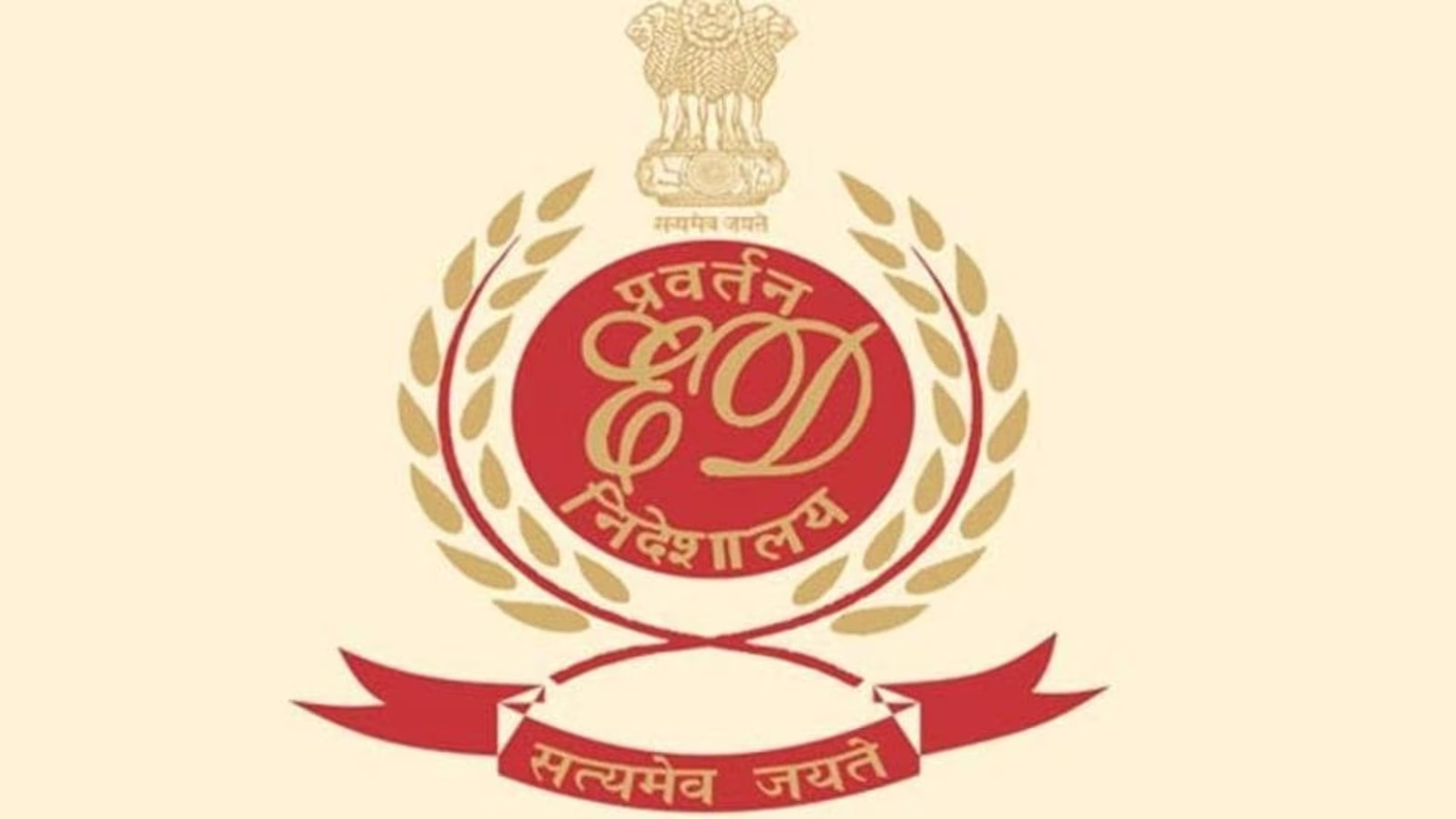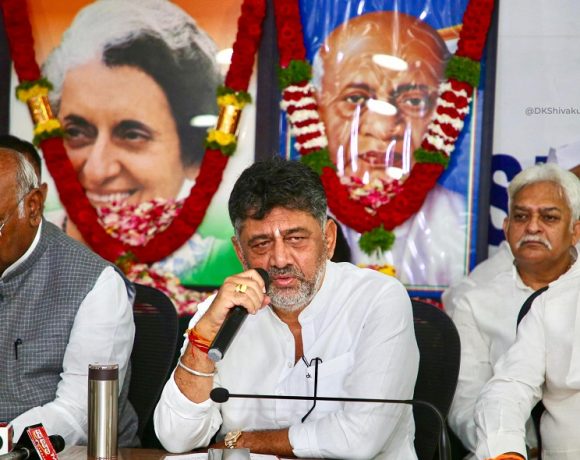
Kaveri Jet Engine to Get 78.4kN Afterburner Boost, May Match GE F404 Performance
India’s indigenous Kaveri jet engine program is set to receive a critical thrust upgrade, with the afterburner power projected to reach 78.4 kiloNewtons (kN). The enhancement, reportedly being pursued in collaboration with the Indo-Russian BrahMos Aerospace venture, could allow the engine to deliver performance comparable to the American GE F404 — the powerplant currently used in the Tejas Mk1A — particularly under Indian climatic conditions.
This boost marks a significant technological leap for India’s long-embattled jet engine development program, originally launched in the 1980s but plagued by delays and performance limitations. The latest thrust augmentation plan, if successful, would make the Kaveri engine viable not just for future fighter variants but also for potential integration with unmanned aerial platforms and advanced trainer aircraft.
Afterburner Upgrade to Unlock Combat-Grade Performance
The addition of an enhanced afterburner module capable of delivering up to 78.4kN thrust brings the Kaveri engine into the performance bracket required for supersonic fighter operations. Experts suggest that, when optimized for Indian altitude and temperature conditions, this could match or exceed GE F404 benchmarks, giving India a long-elusive indigenous alternative to imported propulsion systems.
The project leverages BrahMos’ high-temperature materials and propulsion research, especially its experience with ramjet and scramjet technologies, to improve combustion efficiency and thermal management. This collaboration could provide the breakthrough the Kaveri program needs to transition from lab testing to flight-worthy reliability.
Strategic Value for Future Indigenous Aircraft
The upgraded Kaveri engine is being eyed for possible use in India’s upcoming Unmanned Combat Aerial Vehicles (UCAVs), the AMCA (Advanced Medium Combat Aircraft), and the LCA Mk2 in a limited thrust category. While AMCA is currently planned with foreign engine options in mind, a successful indigenous solution could be a game-changer for India’s long-term defence autonomy.
In addition to strategic benefits, an operationally viable Kaveri engine would substantially reduce dependence on foreign suppliers, de-risking procurement in times of geopolitical uncertainty. It would also bolster India’s credibility as an end-to-end fighter jet producer, capable of designing not just airframes but also propulsion systems.
Revival of a Long-Stalled Program
After years of stagnation, the Kaveri program has gained momentum in the past few years, with DRDO and GTRE (Gas Turbine Research Establishment) receiving renewed funding and international consultancy support, including from French engine-maker Safran. The BrahMos-led thrust upgrade adds a new domestic dimension to the revival plan, and testbeds for the new afterburner are reportedly under development.
The project’s success would position India among the few nations with indigenous fighter-class engine technology, placing it in a strategic league alongside the U.S., Russia, China, and a few European countries.


















